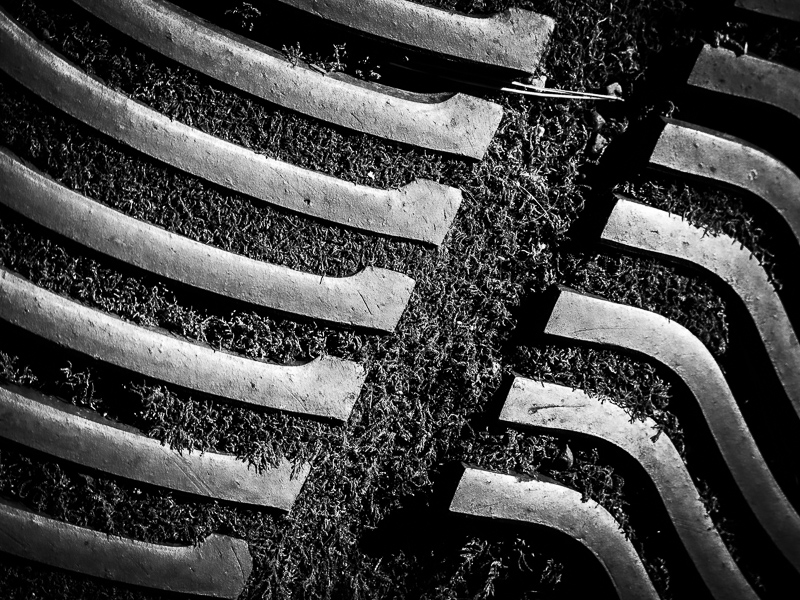Every Picture Is a Compromise
Lessons from the Also-rans
Most photography websites show the photographer's very best work. Wonderful. But that's not the full story of a creative life. If we want to learn, we'd better pay attention to the images that aren't "greatest hits" and see what lessons they have to offer. Every picture is a compromise — the sum of its parts, optical, technical, visual, emotional, and even cosmic – well, maybe not cosmic, but sometimes spiritual. Success on all fronts is rare. It's ok to learn from those that are not our best.
This is a series about my also-rans, some of which I've been able to improve at bit (i.e., "best effort"), none of which I would consider my best. With each there are lessons worth sharing, so I will.
Original digital captureWhat I saw that I liked:You wouldn't know it from the image, but this, too, is from the Portland Japanese Garden. What I don't like in the picture:The Japanese aesthetic often mimics the shapes of nature, particularly moving waves on the water. I think that is the inference in the grill work above. What I learned:I viewed this pattern more as an industrial something or other. In particular, converting it to b/w and increasing the contrast changes the moss in the above to a gritty floor in the version at left. Curious how the waves above become almost threatening in the jaws or teeth of the image at left. 2nd Chances: What I might try nextPhotographed at the Japanese Garden, this version at left needs a project that is the Japanese Gardens opposite, an industrial, non-natural project. |


